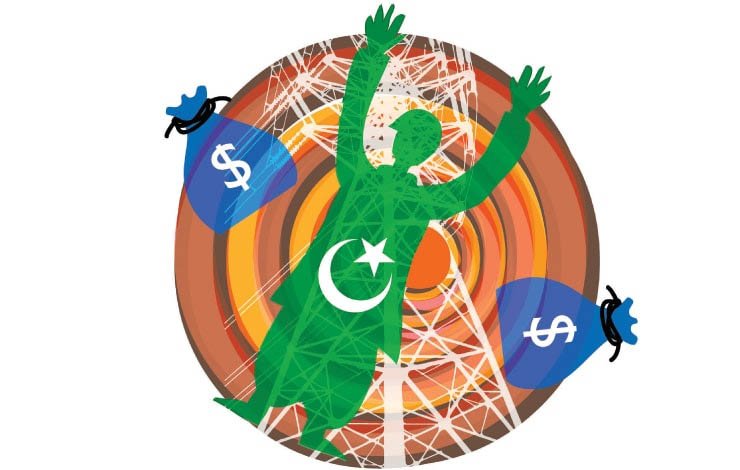Circular debt over Rs2.6tr, surpassing govt commitments

The circular debt in the power sector has surpassed Rs2.636 trillion in the first seven months (July-January) of the current fiscal year, exceeding the government’s commitment to contain it within Rs2.31tr.
According to latest data released by the Power Division of the Ministry of Energy, the circular debt increased by Rs84 billion in January 2024, reaching Rs2.636tr compared to Rs2.551tr by the end of December 2023.
Official data showed that despite repeated tariff increases through base annual tariffs, quarterly adjustments, and fuel cost adjustments, the circular debt continued to rise, with a net increase of Rs325bn in the first seven months.
The Circular Debt Report — January 2024 showed a persistent upward trend in circular debt, not only in the current fiscal year but also in the previous year, despite massive tariff adjustments.
Despite tariff adjustments, liabilities continue to rise, with net increase of Rs325bn in 7MFY24
The report suggests that the circular debt actually increased by Rs463bn in the first seven months of the current fiscal year, averaging Rs66bn monthly, compared to Rs408bn in the same period last year. However, after accounting for stock payments worth Rs137bn from June 2023 to January 2024, the net increase in circular debt was Rs325bn.
The payables to power producers, which stood at Rs1.434tr at the beginning of FY2023, jumped to Rs1.77tr by the end of January 2023 and remained almost unchanged at Rs1.760tr by the end of January 2024 — a minuscule difference of Rs8bn. The stock of permanent debt guaranteed by the government of Pakistan remained unchanged at Rs765bn during the period.
The increase in circular debt can be attributed to poor recoveries by distribution companies, high system losses, pending generation costs, non-payments by K-Electric, and interest charges, despite the government’s efforts to recover about Rs116bn from consumers in the previous year.
The biggest increase of Rs284bn in circular debt was caused by distribution companies themselves in seven months of current year, up 19pc.
This included Rs198bn under-recoveries, which were 16.5pc higher than Rs170bn of seven months of last year. The government claimed the cost of Discos’ inefficiency losses at Rs86bn, which also increased by 25pc from Rs69bn last year.
The report has been made public in the middle of talks with IMF for next bailout. While the government has been claiming improvements, the IMF has put on record that “power sector circular debt at Rs2.6tr (2.5pc of GDP), has remained broadly flat since October 2023 after some slippage earlier in the fiscal year (due largely to lower-than expected recoveries following the large annual tariff rebasing in July 2023)”.
The government has conceded in writing to the IMF that “Pakistan’s ongoing sustainability will be at risk” without addressing energy sector viability.
Therefore, it has also “committed to continuing regular, timely, and automatic notifications of adjustments to natural gas and electricity tariffs in a manner that is consistent with full cost recovery and to reduce natural gas price disparities between regions and industries and within industries”.
Also, the government has promised to “find cost reductions” and “accelerate structural reforms to address the sector’s fundamental issues, including reforming the governance of Discos, moving captive power demand to the electricity grid, finalising a proposal on tube well subsidy reform by end-FY24 and expanding renewable energy capacity”.



